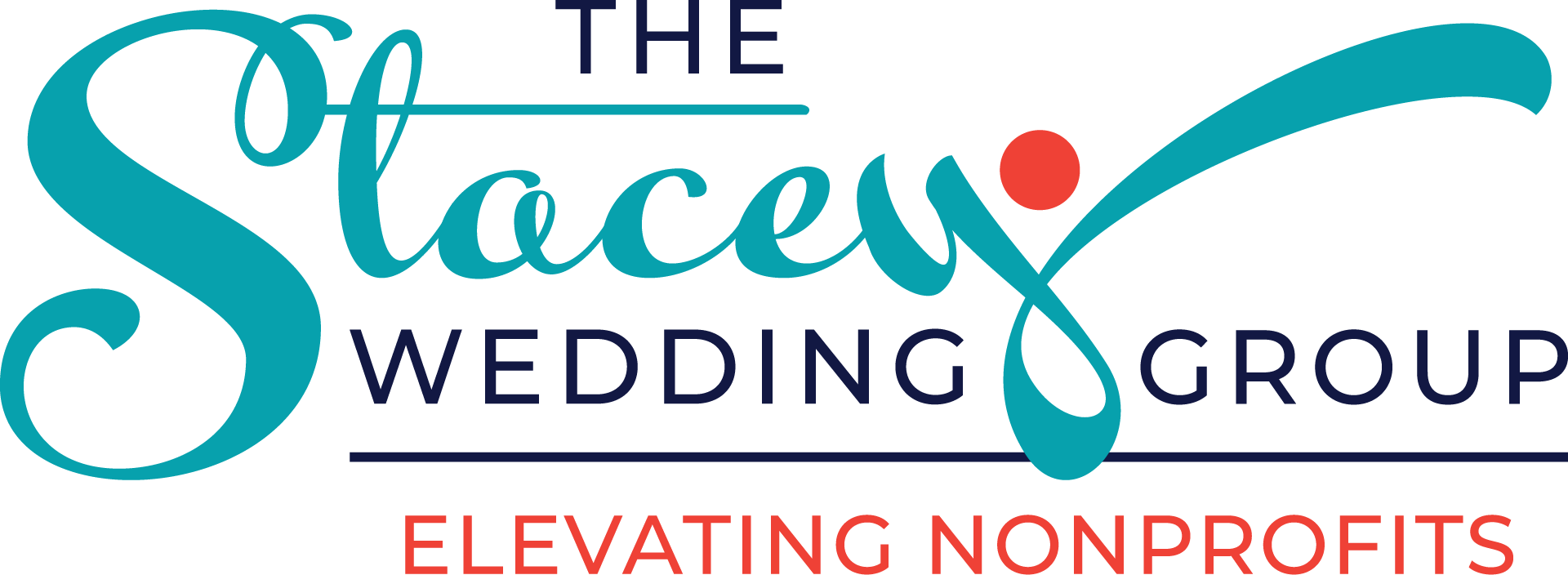If you are a nonprofit professional involved in any part of grant writing, this post is for you! Grab your favorite beverage, a stress ball, and enjoy an exaggerated and borderline irreverent blog rant…with a cool resource you’ll want to be aware of!
Have you found yourself gritting your teeth lately as you write a grant proposal for another direct service program when what you really need is someone to cover your overhead expenses, so you can even have a program in the first place? Or maybe you’ve been really lucky (not!) and gotten to share a complex logic model in only a certain number of allotted characters the online grant system allows. Or perhaps you’ve lost some hair because you are literally pulling out your hair…yes, pulling out your hair as you try to find sequined gold paperclips to bind your grant proposal that had to be done in an 11.25 fancy font you don’t have, all because that’s what the funder wanted. Oh, and did we mention it’s only for a max grant size of $5,000?
We realize we’re being a bit extreme, and some of our readers may even take offense at our blatant exaggeration. We’re okay with that. The reality is that anyone who has written grants knows the frustrations that arise when working with funders that don’t understand a day in the life of a nonprofit nor appreciate the time that is being taken away from important mission work to meet foolish demands that can feel more like a power trip than a way to actually support nonprofits. And don’t even get us started on the funders that emphasize the importance of collaboration but aren’t doing it themselves. These funders love to ask nonprofits, “Why aren’t you collaborating? There are so many organizations doing similar things as yours.” Sound familiar? And perhaps you’ve daydreamed about flipping this same sentiment back on the funder. “Why, funder, aren’t YOU collaborating with others that have the same funding priorities as you? Perhaps if you pooled your monies and strategies together, our community would see larger impact rather than your current system of having nonprofits jump through a bunch of individualized hoops for each of you that are barely even making a small dent in the larger social issue at hand.”
We realize not all funders are representative of the horror stories above, but this whole grantor/grantee relationship is a difficult one. The exchange of money or support of any kind can create a power dynamic that leads to nonprofits not addressing these issues with their funding partners out of fear of retribution. That’s why we wanted to share a resource we think will be a game changer for you and for the field if enough people use it. It’s called Grant Advisor. Think of it like Trip Advisor but for reviews of funders. You get to share your feedback—the good, the bad, the ugly. Even better, it’s anonymous, so it allows you to avoid the very fear of retribution that keeps you from speaking up in the first place. What we love about this is that it’s not just negative feedback. It’s all feedback. Maybe there’s a national funder that is a true leader and influencer of positive change. Wouldn’t it be nice to know that before wondering if you should try to build a relationship with them? Well, Grant Advisor allows you to do that—you can check out and read other feedback before you make a decision on how to move forward.
Accountability and transparency are two cornerstones of the nonprofit sector, and Grant Advisor seems like a pretty cool resource to help that happen in a way our sector hasn’t seen before. We hope this can be an added tool in your toolbox and that together we’ll lessen these frustrations…and have more hair as a result!
On a final note, for our funder friends who may be reading this, we promise not to make this a one-way street. We hear your frustrations, too, and we will address those in next month’s blog post and PiP Squeak e-newsletter.
In the meantime, though, if you are a nonprofit looking for grant writing services, contact us at [email protected] to explore how we can work together.
